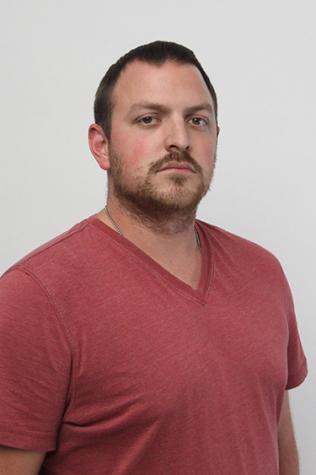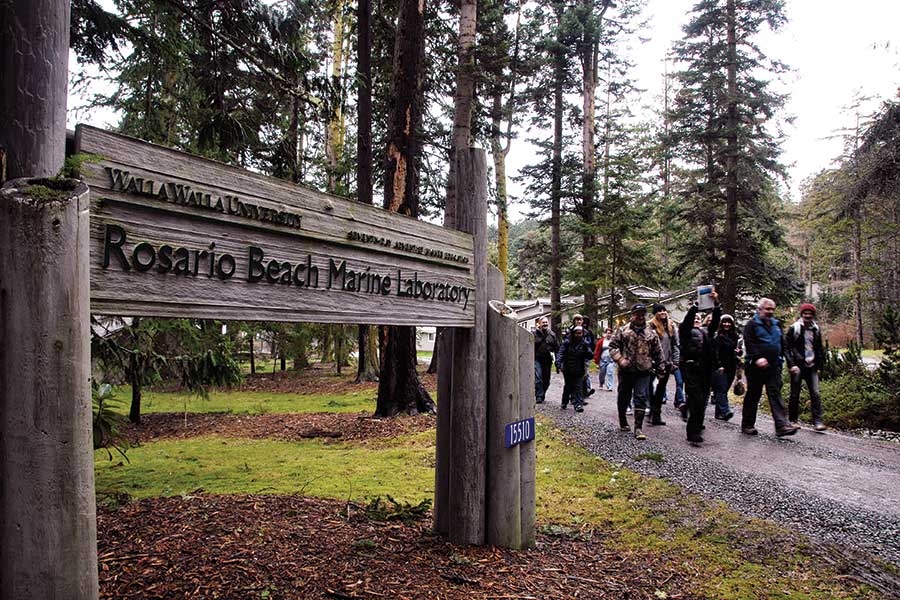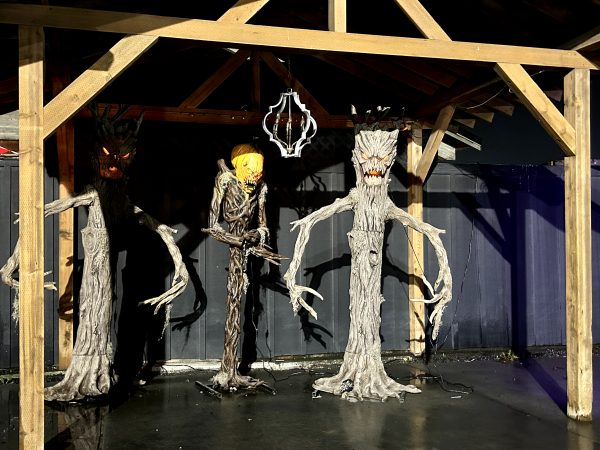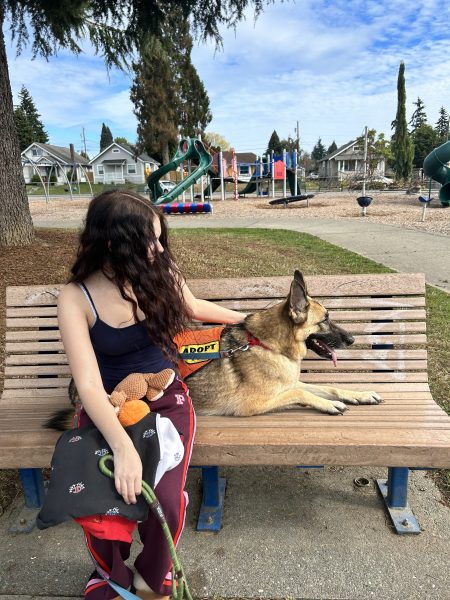Mayhem Thrives At Rosario Beach
Waves are gently lapping against the rocky shore. Various birds chirp and screech at each other as they fly to and from their nests. It’s another nice, quiet, peaceful weekend at the Rosario Beach Marine Laboratory in Anacortes, Washington. This restful little spot has become the latest location used by students in EvCC’s Project Mayhem.
It’s not some Bond villain’s plot to ruin or take over the world; nor is it a factory for Brad Pitt to make a batch of soap bombs. In fact, it’s quite the opposite. Project Mayhem is a learning community here at EvCC to teach students about how the world around them works and is shaped by natural occurrences, ,including disasters. The project is run by EvCC professors Steve Grupp and Gary Newlin.
This specfic outing was a Project Mayhem excursion where students learned in-depth about how plate tectonics and other volcano-related activity lent to the devastating blast that came from St. Helens and scarred this part of the world.
Although that particular class was shown how devastating a natural disaster could be, it focused around how the Earth continues to grow and shape itself even through the destructive power of volcanic eruptions. This quarter, the project incorporated a geology as well as an oceanography course.
Most of that trip was based on exploring different sites and noting geological behavior. This outing centered more on lab discussion and lecture-based lessons on how the Puget Sound is shaped by waves and the shifting of sediments.
Students were brought to various locations on and around what was considered base camp to measure salinity levels of the water, measure the frequency and intensity of the waves, and note the different land formations along the shore. Among some of the sights viewed just a stone’s throw away were large striated rock formations just inland from the facility. Students were encouraged to observe and hypothesize what could’ve caused this phenomenon. Many ideas were discussed until it was finally revealed that this was the result of shifting tectonic plates.
One of the more daunting adventures the troupe went on was following a seemingly innocent trail that brought them to a much higher vantage point than any of them anticipated.
Endorika Riley, is an oceanography student participating with Project Mayhem.
“I just figured we’d see mountains or hills,” said Riley, a Florida native. “After being in this class and learning things, and then climbing that cliff. I was that person who was last and kind of freaked out a bit but when I got to the top, it was amazing. I had to gather my thoughts and then see where I was. I made sure to get my selfie because this is something that I’m going to be able to tell my kids. I might even bring them and my husband and show them because it’s an amazing experience going up a cliff. I climbed a cliff.”
Although the typical Pacific Northwest weather made early parts of the journey soggier than some would’ve liked, it didn’t detour the students and staff from having a good time. The consensus from most of the attendees was, aside from packing extra and warmer clothing, the only thing they wish they’d brought along would have been a good camera. Indeed, for something named after a disaster-preparedness course, there sure were plenty of exciting and beautiful sights to behold.
Although no solid plans have been finalized just yet, ideas for another expedition during the fall quarter are being worked out.

How did you get here?
I hate to admit it, but I originally came here just for the credits ... I was a Navy Photojournalist for six years and needed...






